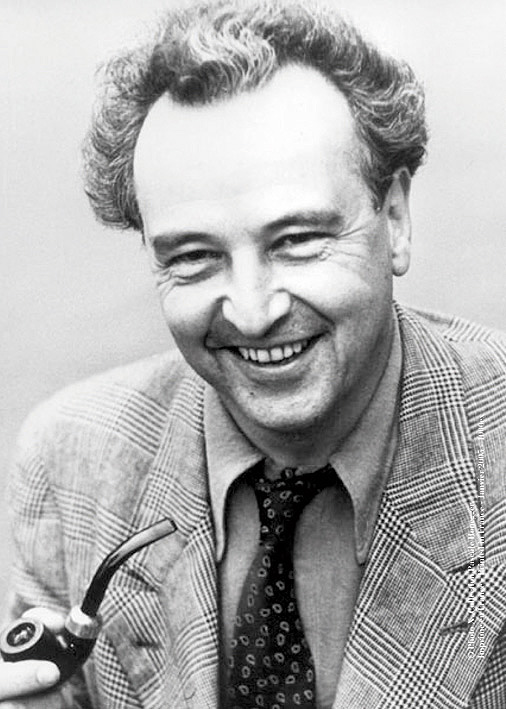My mother once complained, on first hearing my new LP of Stravinsky’s Rite of Spring that she couldn’t pick out the air. She was of course using the old English word which used to be written ayre and meant a melody. In a more specialist sense, the word ayre means a solo song usually with lute accompaniment that flourished in England in the late sixteenth and early seventeenth centuries.

Now I come to think about it, my mother savoured old-fashioned words and archaic spellings. “Air” was one of her favourites. We hardly hear the word today in a musical context except in things like Air on the G String which is actually a romanticized version of the second movement of Bach’s Orchestral Suite No. 3.
The arrangement was made at the end of the nineteenth century by the curiously-named German violinist August Wilhelmj who transposed Bach’s original melody down, so that it could be played entirely on the violin’s lowest string. He rewrote the other string parts too, thus converting it into a romantic violin solo and in stark contrast to the baroque original.
Then there’s that work known as Symphony on a French Mountain Air by Vincent d’Indy based on a folk song he heard near the Cévennes in the 1880s. Only a couple of years earlier, the young Robert Louis Stevenson had tramped through the same district with his donkey Modestine, a recalcitrant, tenacious creature that yielded to authority only with considerable reluctance.
The Swiss composer Arthur Honegger was born on 10th March 1892 so this seems a good enough reason to celebrate his music which – it has to be admitted – is not often heard these days. He is perhaps best-known for the engagingly-entitled Pacific 231, a symphonic portrait of a steam locomotive. Honegger was born in France (Le Havre, since you asked) and he spent most of his professional life in Paris. He became a member of Les Six, the irreverent group of Parisian composers whose music was often seen as a reaction against German-dominated late romantic music. However, Honegger’s music was usually rather more sober than that of his Parisian contemporaries.
Concerto de camera means of course “chamber concerto” not a concerto for a camera but I am sure you worked that out anyway. It’s virtually a double concerto for cor anglais and flute with small string orchestra.
The work has noticeable neo-classical overtones and was written in the summer of 1948 while Honegger was living in America. After a Copland-like opening with sustained strings, the cor anglais plays a lyrical air and later the flute introduces a livelier bucolic mood which seems to pervade the movement. The second movement is introspective perhaps because for the first time, Honegger started to suffer from angina, a condition which rapidly led to coronary thrombosis. The musicologist Geoffrey Spratt compared the movement to “a prayer of thanksgiving tinged with the quiet gratitude of one who has recently survived an almost fatal illness”. The third and last movement seems to brush all the worries aside and as the composer noted, “has the feeling of a scherzo.”
If you enjoy rich, powerful post-romantic music with more than a hint of Hollywood, this wonderful suite could be just up your soi. Othmar Schoeck (OT-mah SHIRK) was a contemporary of Honegger and the two knew each other, though while Honegger preferred the musical scene in exuberant and cosmopolitan Paris, Schoeck spent his entire career in the rather more subdued city of Zürich. He was known mainly for his many art songs and song cycles though he also wrote several operas, notably Penthesilea which was premiered in 1927. It tells the story of the dramatic life and death of Penthesilea, the Queen of the Amazons, that legendary race of warrior women in Greek mythology. The suite was drawn from the opera by not by the composer, but by Andreas Delfs who conducts this spell-binding performance.
The suite opens with a ferocious declamatory statement and leads into a forlorn landscape from which ominous shapes and forms seem to emerge. Then the action starts and we seem to be in the midst of a fierce battle with loud interjections from the brass. Gradually light appears and a splendidly heroic melody begins to form. The composer’s musical language is fascinating. Sometimes there’s a splash of Janáček-like astringency contrasted with ravishing melodic passages that seem to echo Mahler at his most lyrical.
The suite is in one continuous movement and scored for huge orchestra including two pianos. There really is some lovely music here and plenty of airs too. I’m sure my mother would have appreciated them.
 |
 |
 |





